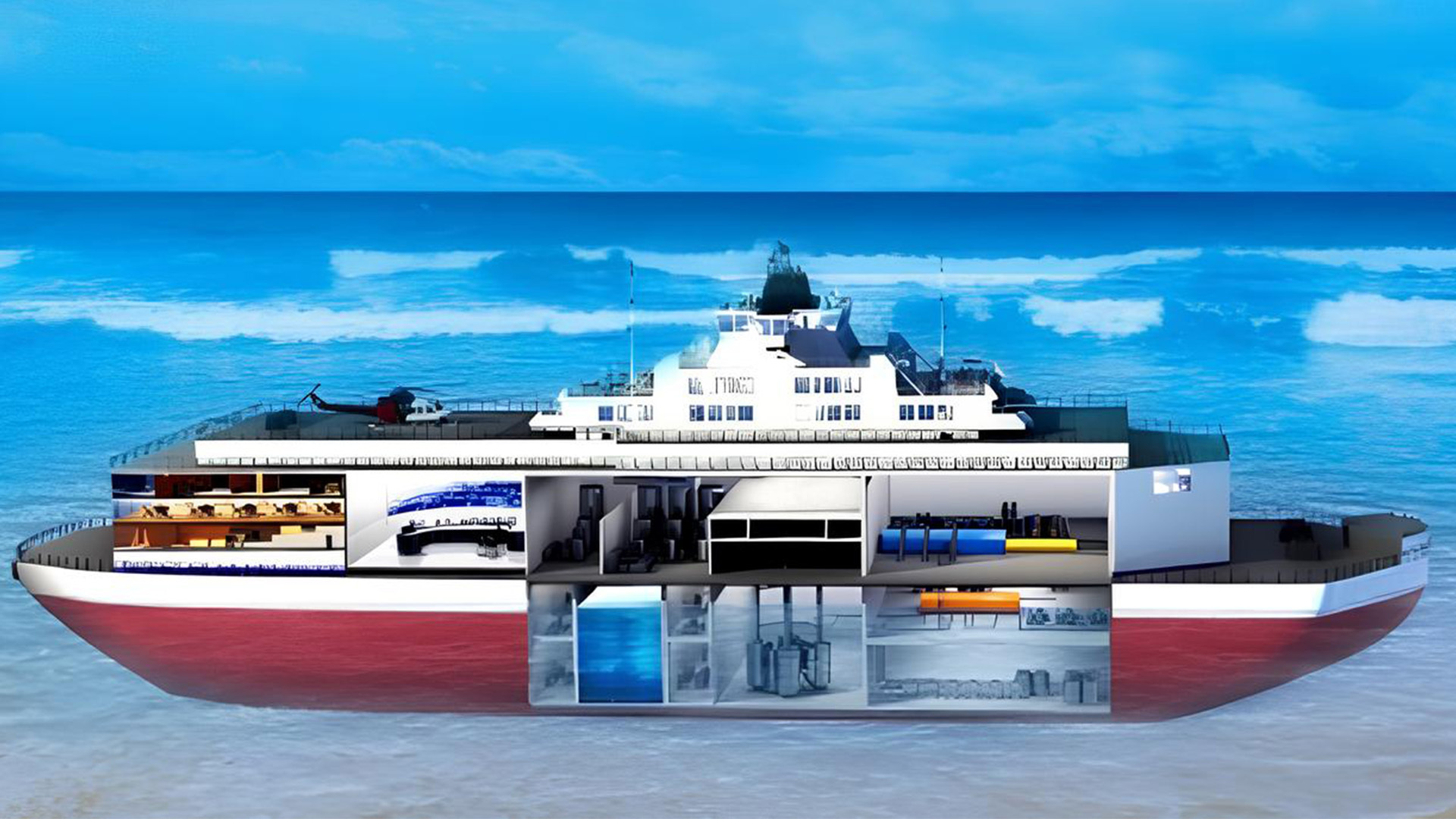
China’s plans to deploy floating nuclear power plants has US officials concerned
Media Landscape
See who else is reporting on this story and which side of the political spectrum they lean. To read other sources, click on the plus signs below. Learn more about this dataJack Alymer: USING FLOATING NUCLEAR POWER PLANTS TO STRENGTH THEIR MILITARY CONTROL OVER THE REGION.
IT’S A PLAN THAT HAS THE STATE DEPARTMENT PREPARING FOR A NATIONAL SECURITY THREAT.
AND U.S. MILITARY OFFICIALS SHARE THIS CONCERN.
THEY SAY CHINA IS PREPARING TO USE THESE POWERFUL ENERGY SOURCES TO MAKE UNLAWFUL TERRITORIAL CLAIMS.
WHICH COULD HAVE A DESTABILIZING EFFECT ON OTHER NEARBY NATIONS.
CHINA FIRST BEGAN DESIGNING THESE FLOATING NUCLEAR POWER PLANTS OVER A DECADE AGO IN 20-10.
SIX YEARS LATER THE PRC REPORTEDLY DEPLOYED 20 OF THEM TO SUPPORT ECONOMIC ACTIVITIES.
NOW THEIR POTENTIAL MILITARY APPLICATIONS ARE BECOMING THE FOCUS.
AMID ESCALATING TENSIONS IN THE SOUTH CHINA SEA, CHINESE RESEARCHERS SAY THESE REACTORS COULD ENSURE THE SMOOTH CONDUCT OF MILITARY EXERCISES.
BUT, THEIR OWN DOMESTIC REGULATORS CONTEND SAFETY AND FEASIBILITY CONCERNS REMAIN.
IT’S WHY SOME EXPERTS ON THE REGION ARE SKEPTICAL OF AN IMMINENT THREAT.
BELIEVING CHINA IS STILL A WAYS AWAY FROM ACTUALLY DEPLOYING TECH CAPABLE OF PROVIDING CONTINUOUS POWER FOR MILITARY PURPOSES.
IF IT DOES HAPPEN –
SCIENTISTS WARN OF THE POTENTIAL FOR A foo·koo·shee·muh-LIKE FAILURE.
JACK AYLMER- STRAIGHT ARROW NEWS.









